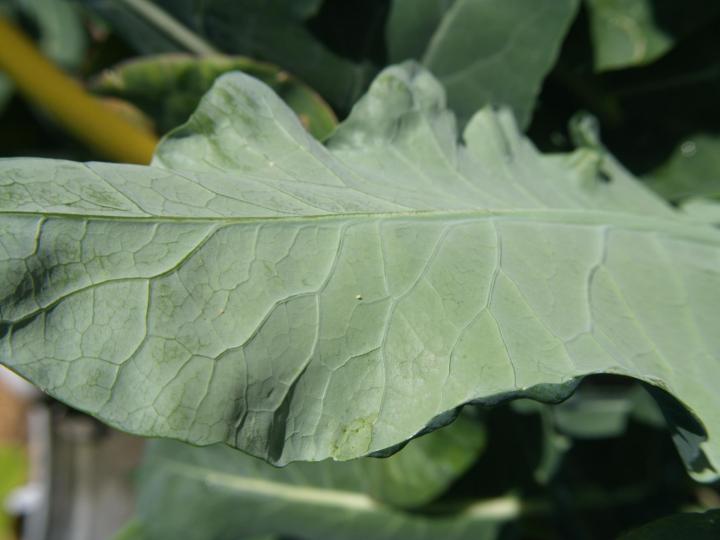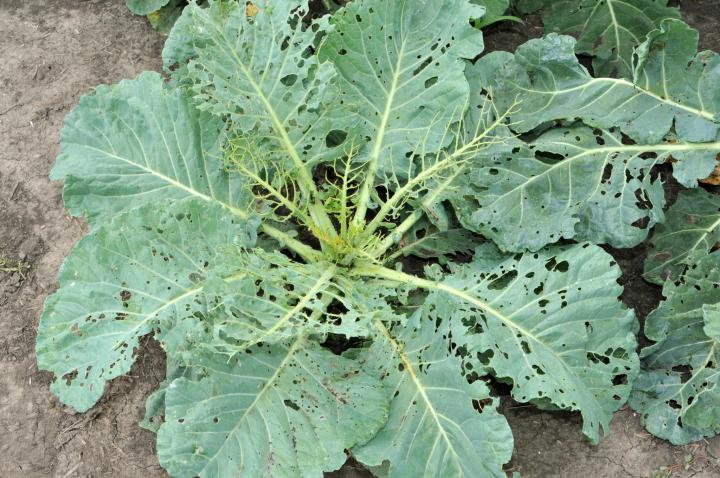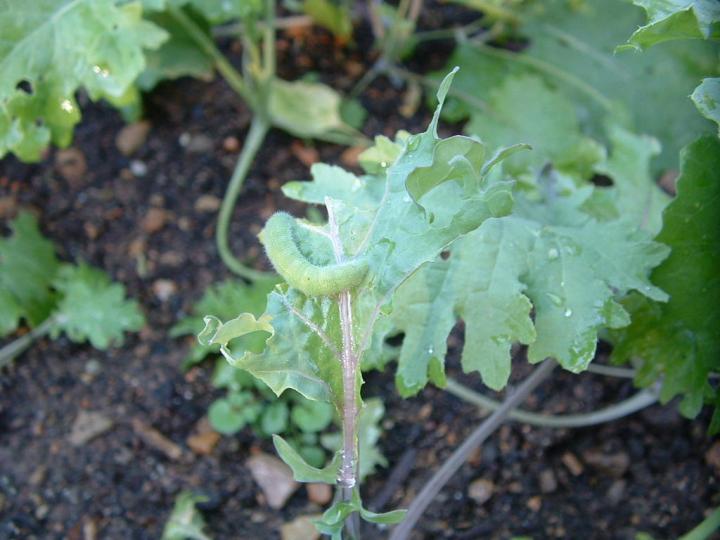
The cabbage worm, which is the caterpillar of the cabbage white butterfly, can be a dangerous pest in your garden.
How to Identify and Get Rid of Cabbage Worms
ADVERTISEMENT
who is the author of this?
The editorial team at the Almanac works on and updates all plant and pest pages.
These worms look something like cabbage worms. Each year after my petunias bloom, these worms eat the blossoms and destroy the flower.
Today I noticed increasing holes in my cabbage leaves so I dug apart one of the heads that are forming and found Tablespoon size globs of poop or eggs, or both in each layer of my cabbage heads with worms all over the place. Every plant is the same way. I am tempted to just pull them and forget it for this year, but is there something that I can do other than scrap the whole crop?
It sounds like you might have an infestation of imported cabbageworms, although other worms may also attack cabbage, such as cabbage loopers. Imported cabbageworm is a green caterpillar with a faint yellow stripe down its back (see the top photo above); eggs are yellow, laid under leaves; you can often see the poop left on the leaves. Cabbage loopers are green with 2 white or yellow lines down their back, and move sort of like an inchworm; eggs are light green; you may notice cocoons in leaves. For caterpillar control, you might try some of the methods suggested in the above article. If you have a small garden, handpicking is the most effective. For heavy infestations, however, you might try spraying BTK (Bacillus thuringiensis var. kurstaki) according to manufacturer’s directions. Row covers help prevent the adult white butterfly from laying eggs on the leaves, but of course it won’t help control the pests already there. Remove weeds around the garden, especially from the mustard family. Good luck!



 Photo Credit: York College of Pennsylvania. It is hard to control cabbage worm damage, so it’s best to prevent them from coming to your garden in the first place.
Photo Credit: York College of Pennsylvania. It is hard to control cabbage worm damage, so it’s best to prevent them from coming to your garden in the first place.







Comments